wpc cladding texture
Discover how WPC cladding textures are revolutionizing modern architecture with their durability and aesthetic appeal. This article delves into the various applications and benefits of using WPC cladding in contemporary building designs.
wpc cladding texture
The Emergence of WPC Cladding Technology
Wood Plastic Composite (WPC) cladding has emerged as a groundbreaking innovation in the construction industry. This material is a blend of wood fibers and plastic, typically high-density polyethylene or polypropylene, which offers a unique combination of properties that make it an attractive option for both residential and commercial buildings. The introduction of WPC cladding technology marked a significant shift towards sustainable building practices while also enhancing the aesthetic appeal and durability of structures.
Key Features and Advantages
One of the most notable advantages of WPC cladding is its resistance to moisture, UV rays, and pests. Traditional wood cladding often suffers from warping, cracking, and decay when exposed to harsh environmental conditions. In contrast, WPC cladding remains stable under various weather conditions due to its synthetic composition. Additionally, the inherent resistance to moisture and pests makes it a low-maintenance solution, reducing the need for frequent replacements and repairs. These characteristics have been pivotal in shaping the popularity of WPC cladding among architects and builders seeking durable and eco-friendly materials.
Incorporating WPC Cladding into Architectural Designs
Architects and builders can leverage the versatility of WPC cladding to enhance both the functionality and aesthetics of their projects. The material’s ability to mimic the look of natural wood without the associated drawbacks makes it ideal for creating seamless blends with traditional architectural styles. For instance, contemporary designs can benefit from the clean lines and smooth surfaces of WPC cladding, while more traditional styles can be complemented by textured finishes that replicate the appearance of aged timber. Moreover, the flexibility in color and texture options allows designers to customize the exterior appearance to suit specific project requirements and client preferences.
Environmental Considerations
Beyond its functional benefits, WPC cladding also aligns with growing concerns about sustainability in the construction sector. The use of recycled plastics and wood fibers contributes to waste reduction and promotes the recycling of materials that might otherwise end up in landfills. This eco-friendly approach not only enhances the environmental footprint of buildings but also appeals to environmentally conscious clients and communities.
Conclusion
The development of WPC cladding technology represents a significant advancement in the field of sustainable building materials. Its resistance to moisture, UV rays, and pests, combined with its adaptability to various architectural styles, positions it as a valuable asset for architects and builders looking to create durable, aesthetically pleasing, and environmentally responsible structures. As the demand for sustainable solutions continues to grow, WPC cladding is likely to play an increasingly important role in shaping the future of architectural design.
Reference
The Future of Sustainable Building Materials
WPC Cladding: The Green Way to Build
Baoding Plastroy WPC Products
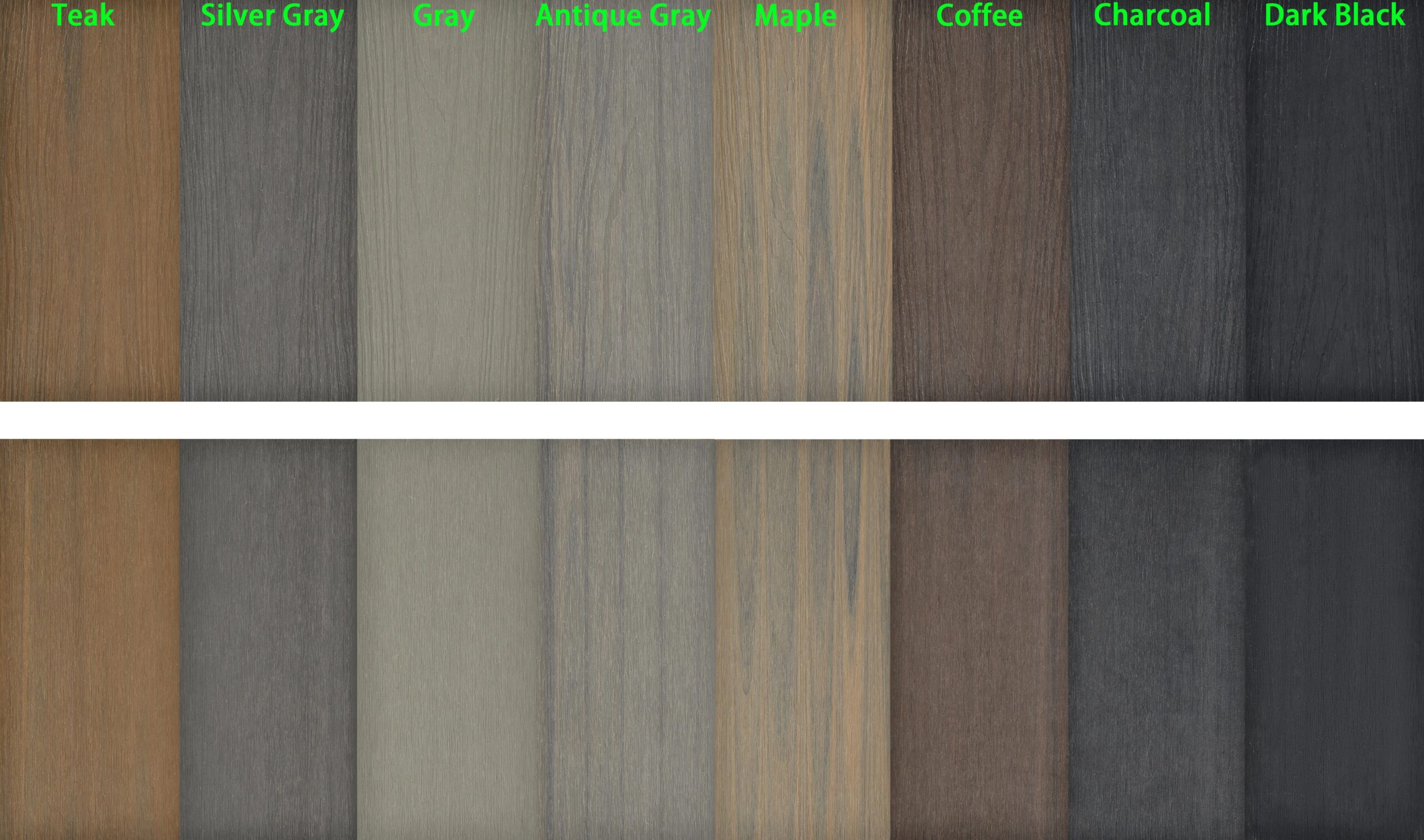
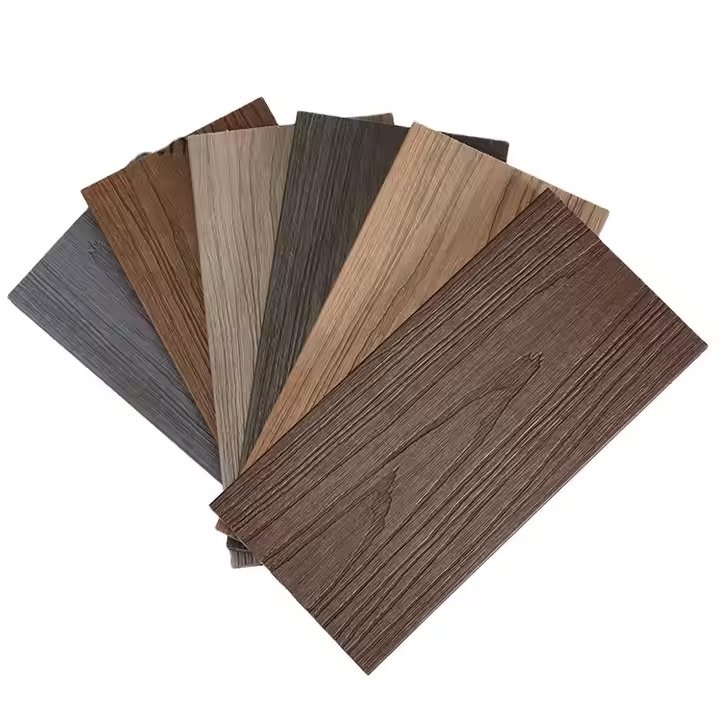
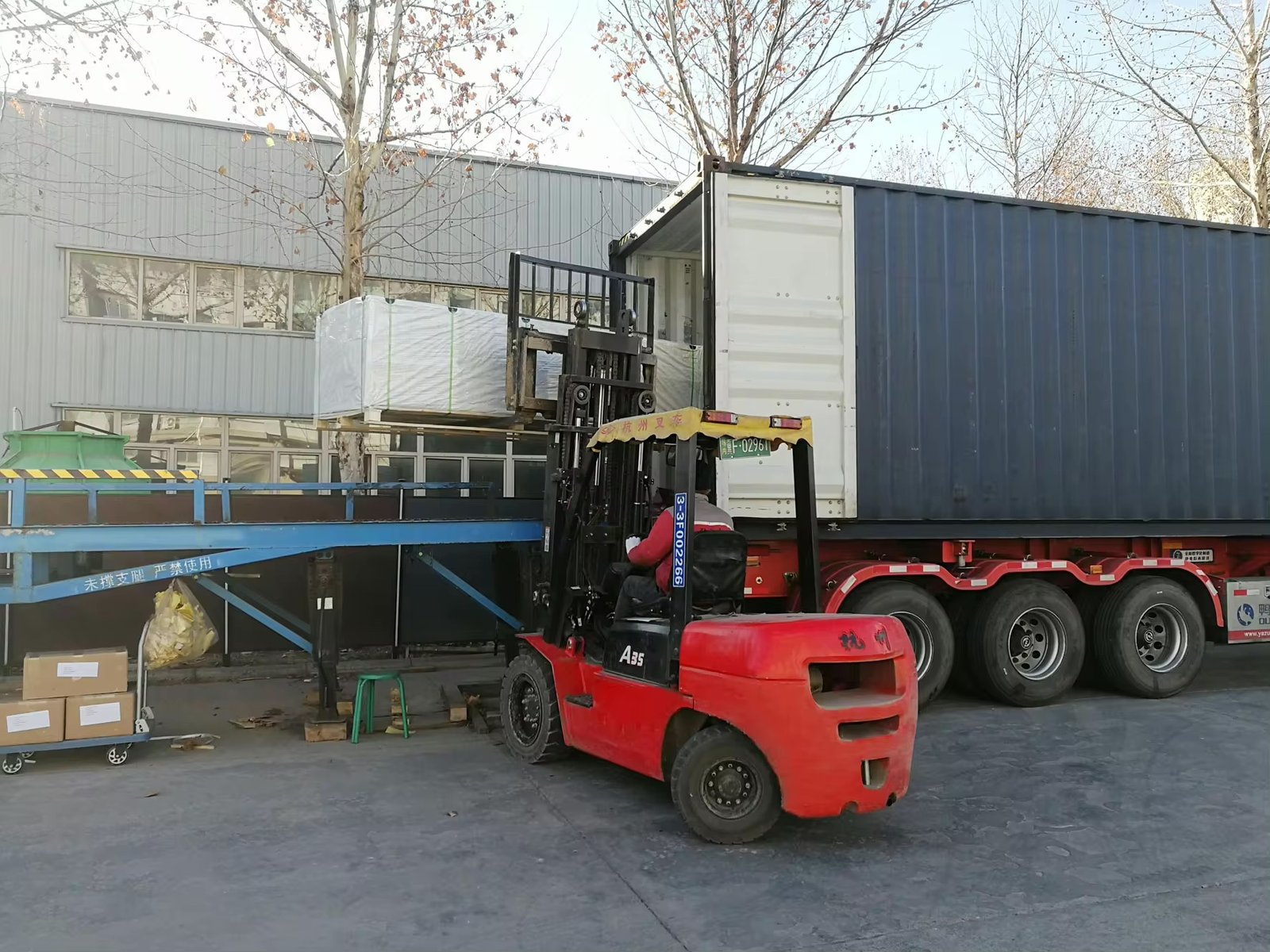
Why Choose Plastory?
Baoding Plastory New Materials Co., Ltd. is a manufacturer of decorative materials with over 9 years of experience and 56 separate production lines.
Currently, our annual production exceeds 30,000 tons, with products exported to more than 50 countries worldwide.
Plastory is the drafting unit of the WPC National Standards and has obtained certifications such as REACH, ASTM, CE, and FSC. Plastory is dedicated to maintaining consistent quality, focusing on details, and prioritizing customer satisfaction.
Our factory is located in Baoding, Hebei Province, China, with a prime location and convenient transportation access. Baoding is approximately a 1.5-hour drive from Beijing Capital International Airport and just 2 hours away from Tianjin Port, making it easy for global clients to visit and facilitating efficient shipping of goods. Our facility spans a large area, equipped with advanced production equipment and modern testing facilities to ensure that every batch of products meets the highest quality standards.
We warmly welcome clients from around the world to visit our factory, where you can see our production processes firsthand and experience our product quality. Please feel free to reach out to us—we are committed to providing you with the best products and services.
Kindly get in touch with us to request a product catalogue.

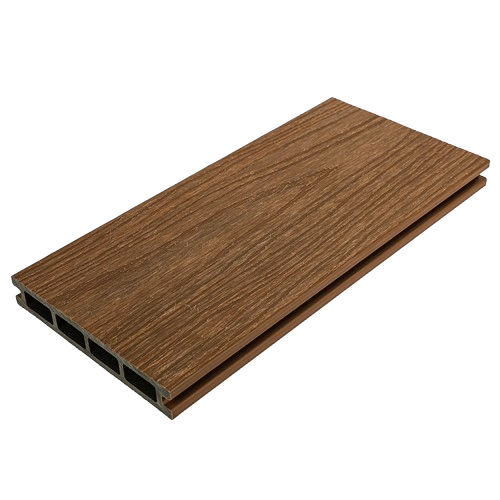
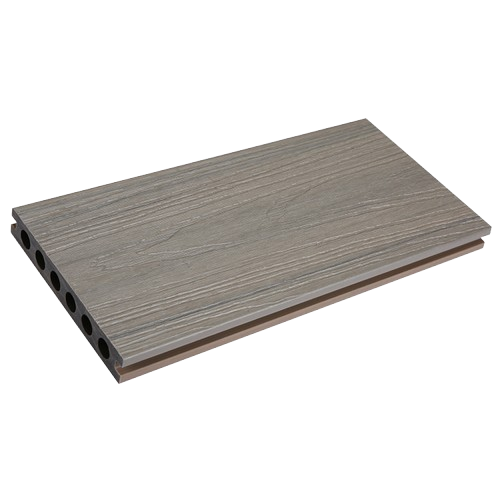
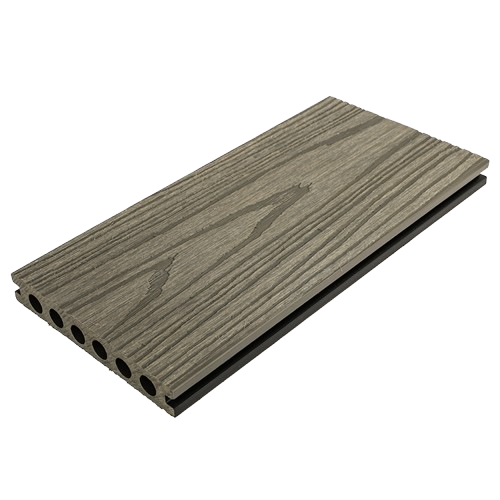
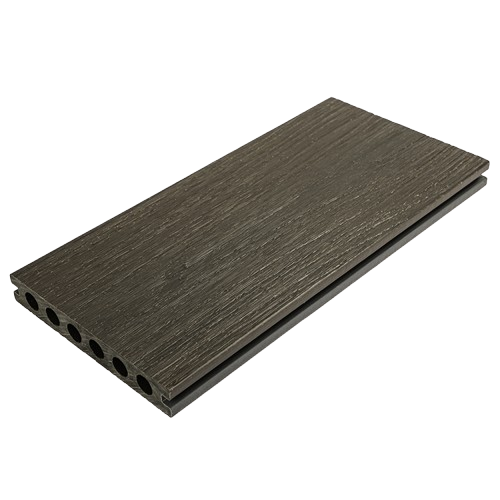
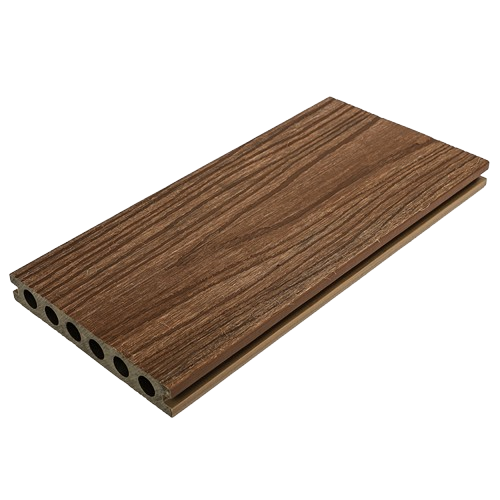
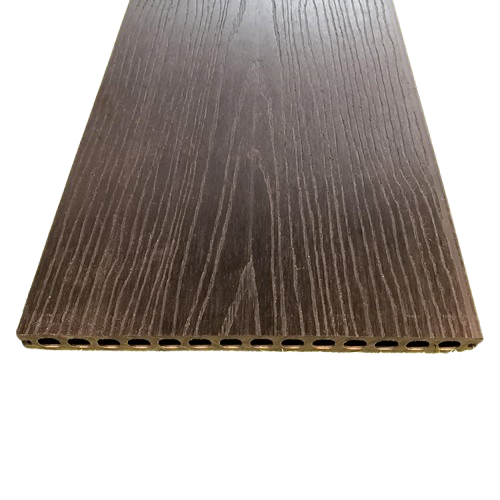
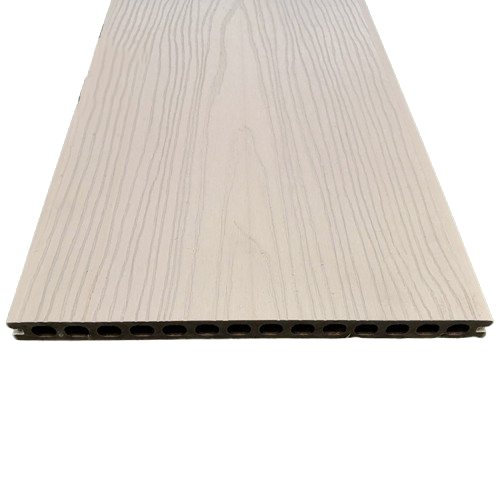

Reviews
There are no reviews yet.